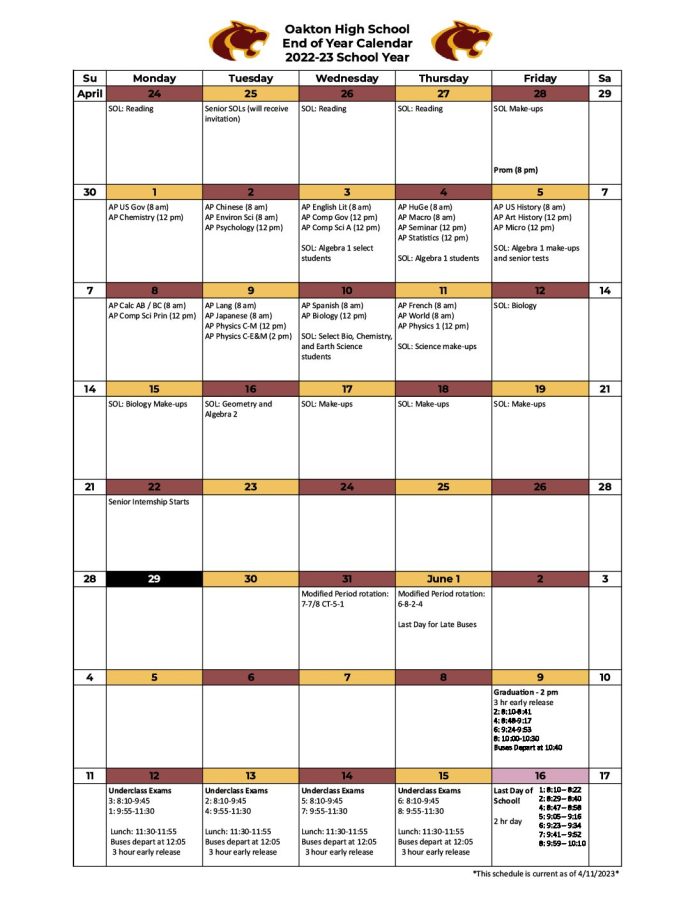Seats fill, lights dim, and adrenaline rises as Oakton students prepare to display their complex student-directed One-Act Plays (One Acts). The One Acts have been an Oakton tradition for many years, building a large community of creative leaders.
One Acts has become a routine in a myriad of high schools to host between their mainstage shows. They differ from straight plays, which can contain up to several written acts instead of only one. The majority of Fairfax County high schools have these performances directed by students instead of hired department heads.
Creating these productions is a lengthy but rewarding process, according to student director Milad Shahbaz (‘12). “Being a student director is so much fun. I get to see a show come to life in a way I never saw when I was an actor.” Shahbaz also says, “I have learned that directing is a whole new skill set: you need to have a creative vision and know exactly what you want, but also be flexible and adaptable to changes. I am still very new to directing, but have received a lot of help from Ms. J, our theater teacher.”
Oakton theater teacher and director Samantha Jajel shares these sentiments. “One Acts is an amazing opportunity for my students and kids around the county to get directing experience. My job for this show season is fairly minimal. I encourage my students to take this opportunity in late fall. After that, I facilitate any problems that may arise and help answer any questions directors may have.”
Additionally, fellow student director Autumn Frank (12) states. “In theater class, we read a bunch of different scripts and picked several that we enjoyed and thought our class would perform well. Then, all the people interested in directing chose a show from that list that they felt most connected to or wrote their own.”
Shahbaz explains his different selection, creation, and directing experiences than Frank in his One Act journey: “I started writing my one act last year. I was inspired by things that happened to my friends and me, so I decided to write down my emotions. I first figured out what characters I wanted in my show, fleshed them out, and found inspirations from my real life. After that lengthy process, I wrote a synopsis of what I wanted each scene to be like. I then finally started writing the script.”










